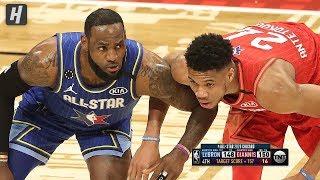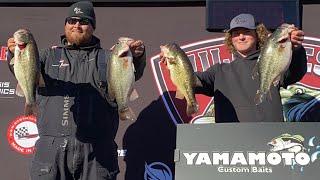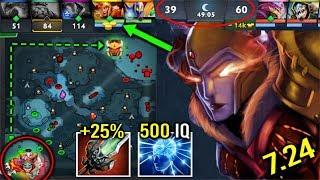Lancashire maths team - race to the finish game
Description
Visit the Lancashire maths team website for more fun home learning activities: http://www.lancsngfl.ac.uk/curriculum/primarymaths/index.php?category_id=1211
Race to the Finish
A game for 1, 2 or more players
You will need:
• 20 sided dice or a random number generator that creates numbers within the children’s ability. If you search Random Number Generator on Google, it brings up the following where you can enter the minimum and maximum values
• Spinner (use the template below and write your
own numbers on it)
• Pencil
• Paperclip
• 0-100 labelled number square or number line (see below)
• Sheet of paper
Instructions
Each player uses a randomly generated number between 1 and 20 as the starting number.
This is written at the top of that player’s piece of paper.
Each player does this separately so there is a different starting number for each piece of paper.
The children have to create the sequence according to the starting number and the step size.
Use the spinner to generate the step size. For example, if +4 is generated then this person is counting in 4s from their starting number.
The winner is the first person to write the first ten numbers in the sequence.
The game can be adapted so that the winner is the first child to reach beyond 100 when continuing the sequence or if you are playing on your own, challenge yourself to see how many numbers you can write in 30 seconds or 1 minute.
After each round, the winning child’s sequence can be checked by the others.
Children could be supported by using the labelled 0-100 number square or line for the activity or the checking.
This can also be adapted for subtraction sequences by choosing a starting number between 50 and 100.
Information for Parents/Carers
Some children might like to use the 100 square or number line to help them calculate the answer. Children should be encouraged to calculate in their head where possible, but they may make jottings or marks on the paper to help them.
For younger children, such as those in Reception or Year One, they might like to have equipment, such as Lego bricks, coins or sweets to help them count on the step number.
As a guide to the numbers to work with for your child:
Reception: Step sizes of 1 or 2. Starting number up to 10.
Year One: Step sizes of 2, 5 or 10. Starting number up to 20.
Year Two: Step sizes of 2, 3, 5 or 10. Starting number up to 30.
Year Three: Step sizes of 3, 4, 5, or 10. Starting number up to 40.
Year Four: Step sizes of any number up to 10. Starting number up to 50.
Year Five: Step sizes of any number including decimals such as 0.2. 0.3, 0.4 and 0.5 Starting number up to 100.
Year Six: Any step size including decimals such as 0.6, 0.7, 0.8, and 0.9 Starting number up to 100.
For Years Five and Six, this game could also be played with decimal numbers.





















Comments